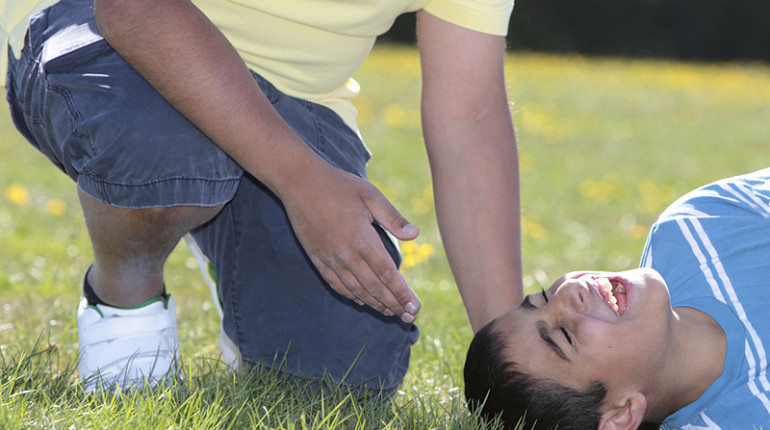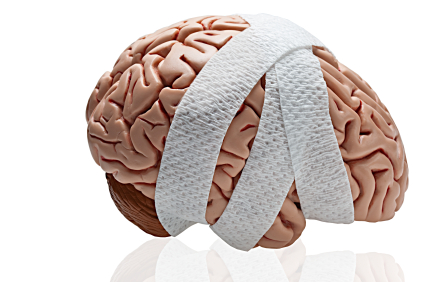Concussion, it is a term described as an injury to the brain resulting from an impact to the head. It results from a closed-head type of injury and does not include injuries in which there is bleeding under the skull or into the brain, like any significant blunt force trauma to the head such as:
A concussion is not a life-threatening injury, but it can cause both short-term and long-term problems.
As they say, mild traumatic brain injuries are common, yet tracking how a person is healing is still a patchwork of tests that aren’t always reliable, which explains why a concussion recovery is quite difficult to assess.
For the vast majority of concussions that are treated in the E.R. and in the trainer’s room, there is currently no prognostic test available,” says Robert Siman, a researcher and professor of neurosurgery at the University of Pennsylvania.
This is partly because the very diagnosis and monitoring of a concussion are based on an amalgam of imperfect tests, none of which fully examines the underlying pathophysiological nature of the injury. New research assessing the severity of concussions through blood testing may eventually help unlock new methods for understanding such injuries.
And the worst part about recovering from a concussion is that if there happens to be a brain injury, it may have a higher risk of serious complications such as a blood clot on the brain. Headaches that get worse or an increase in confusion are signs of this complication. I
It is essential to bevery patient because concussion recovery takes time. Only when your symptoms have reduced significantly, in consultation with your health care professional, should you slowly and gradually return to your daily activities, such as work or school.
What to eat isn’t generally the first question that comes to mind related to concussion recovery, but nutrition is crucial to the overall healing process. It would be good for you to eat small meals that include such whole grains as toast or oatmeal. If you have a headache and can’t chew due to pain, it’s best to try softer fruit and vegetable items like applesauce or fruit cocktail. Scrambled eggs are a soft, effective source of protein. You may need to stick to fluids and, if so, try protein shakes or other nutrient-rich drinks for nourishment.
On the other hand, if your symptoms come back or you get new symptoms as you become more active, this is a sign that you are pushing yourself too hard. You need to stop these activities and take more time to rest and recover. As the days go by, you can expect to gradually feel better.
Image Credits: braincentersnw, sportscare1, medscape

